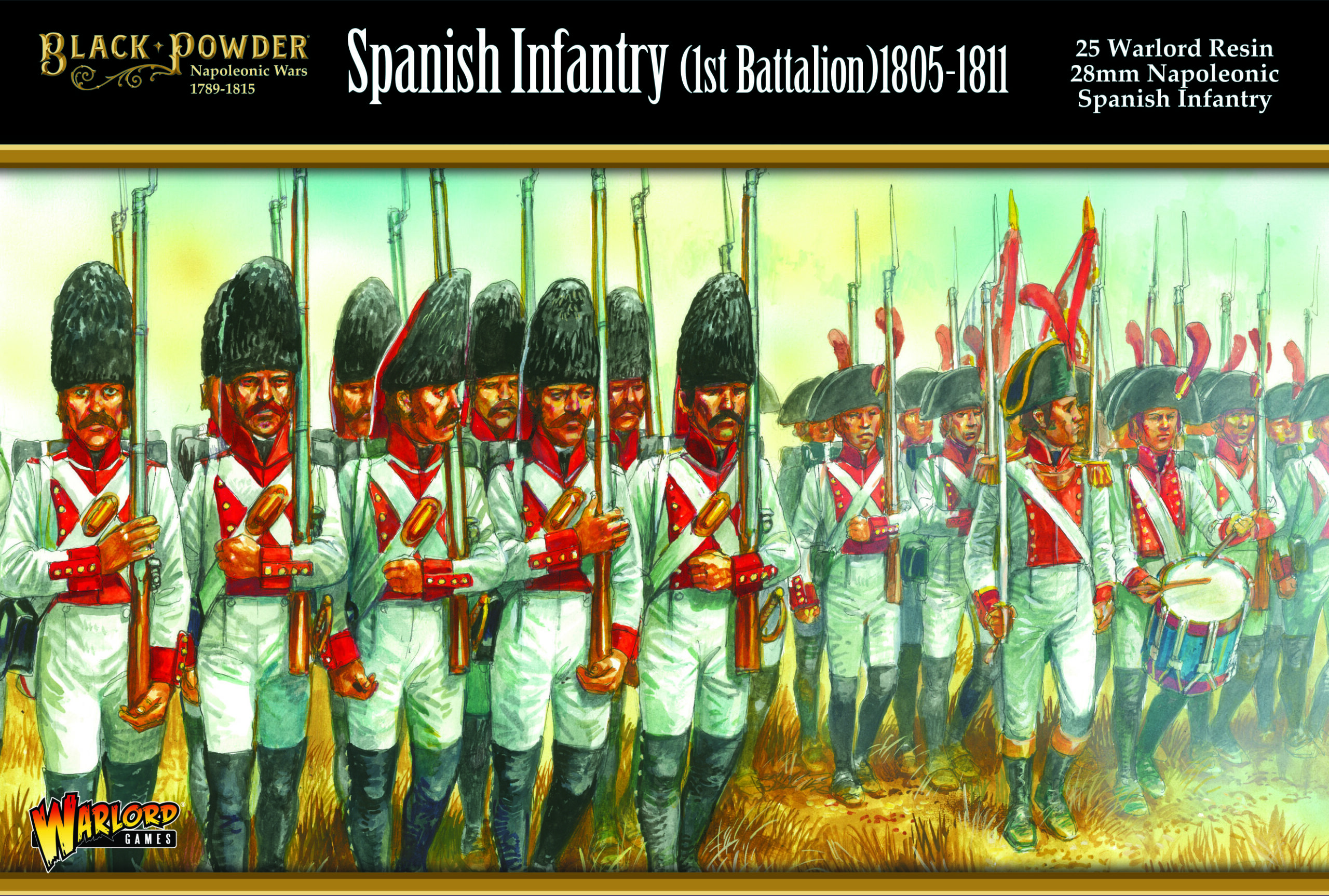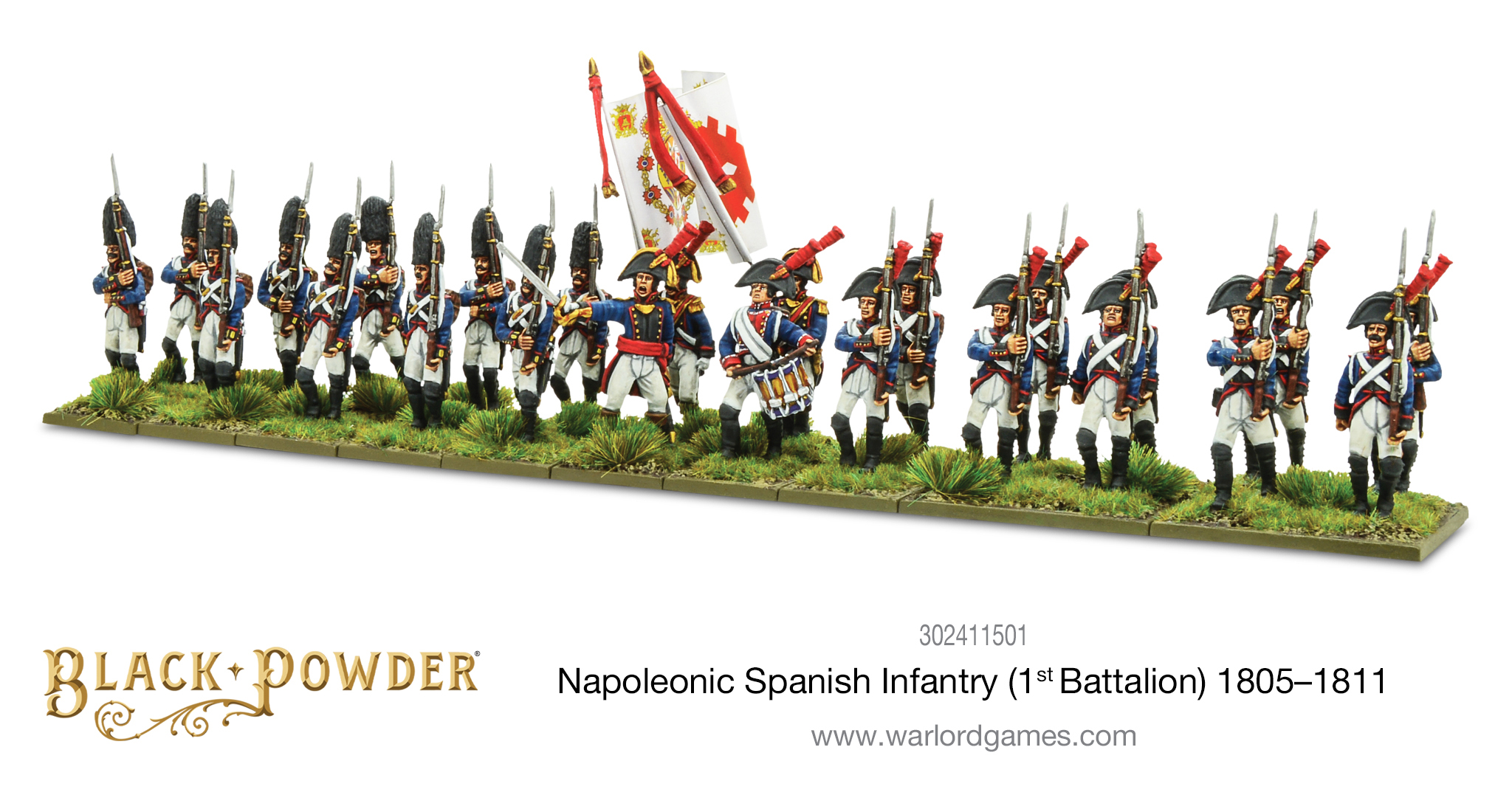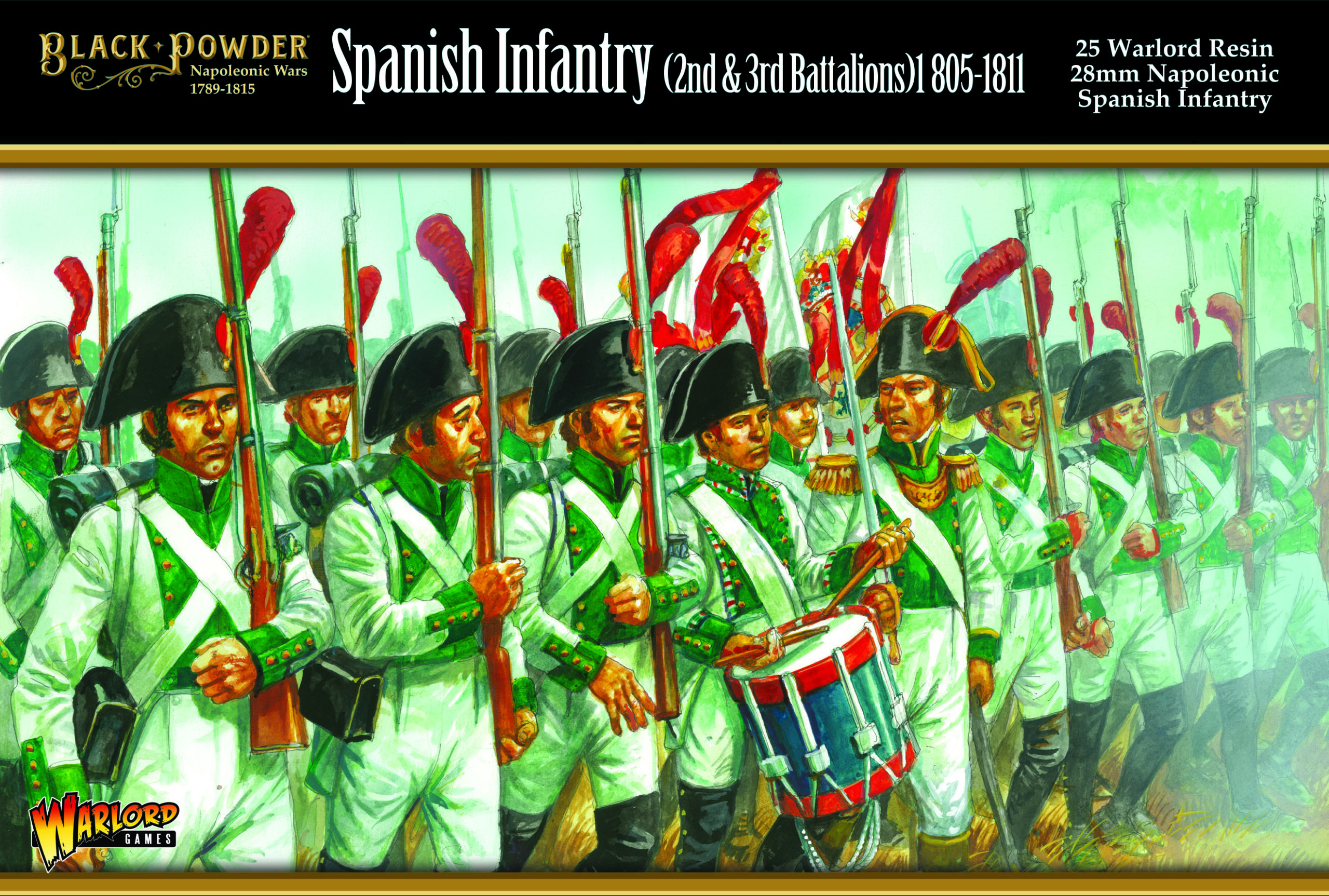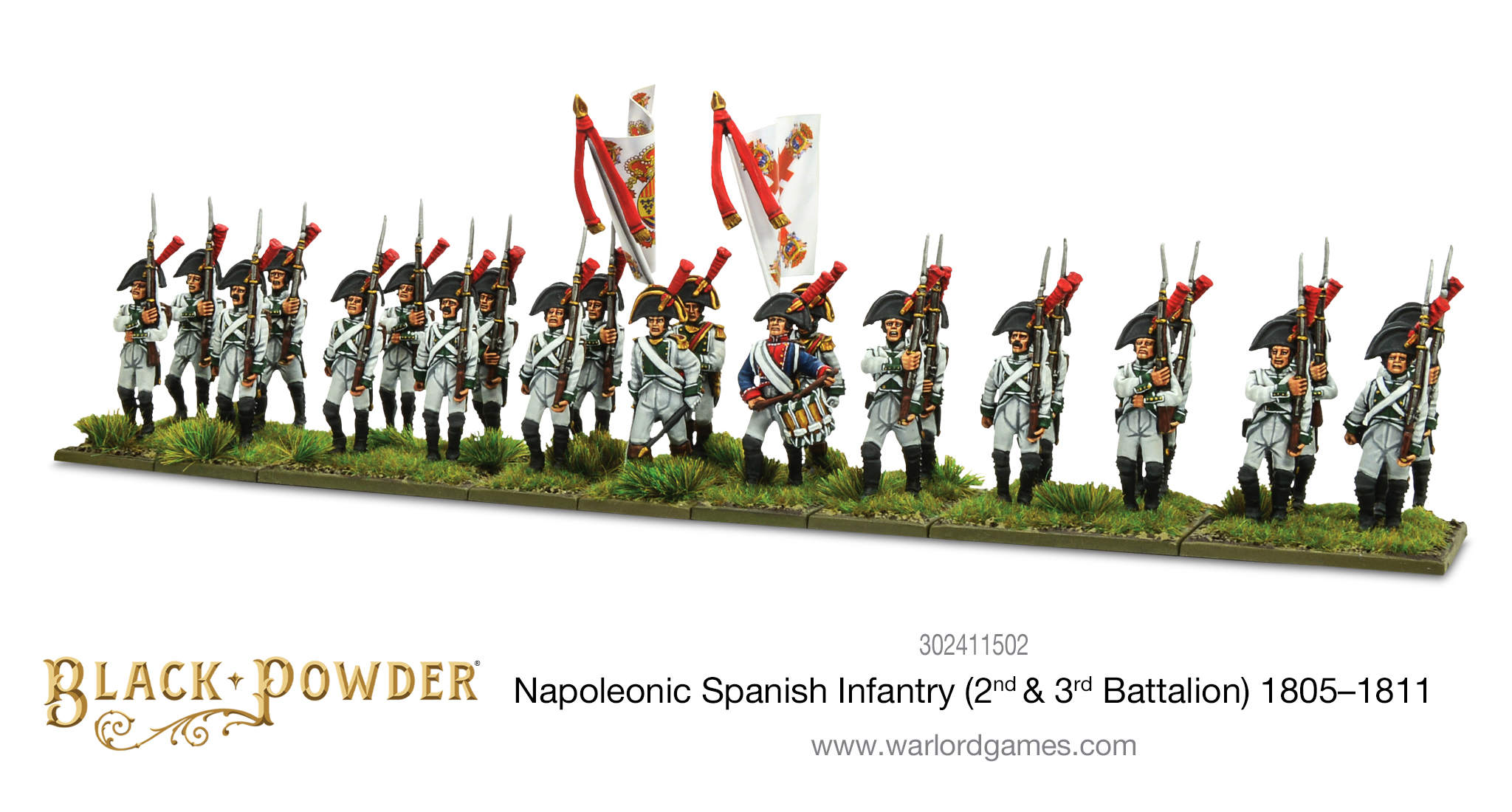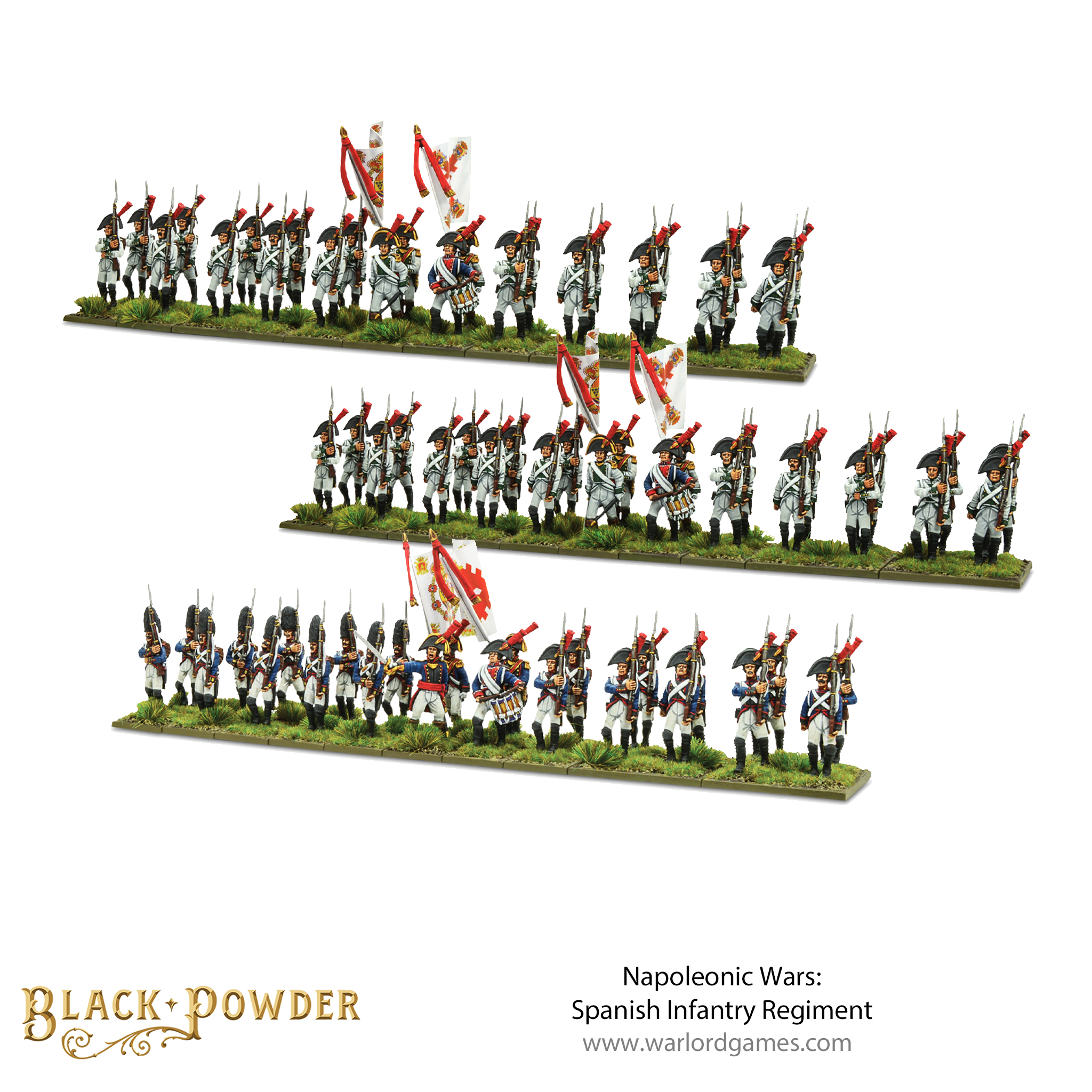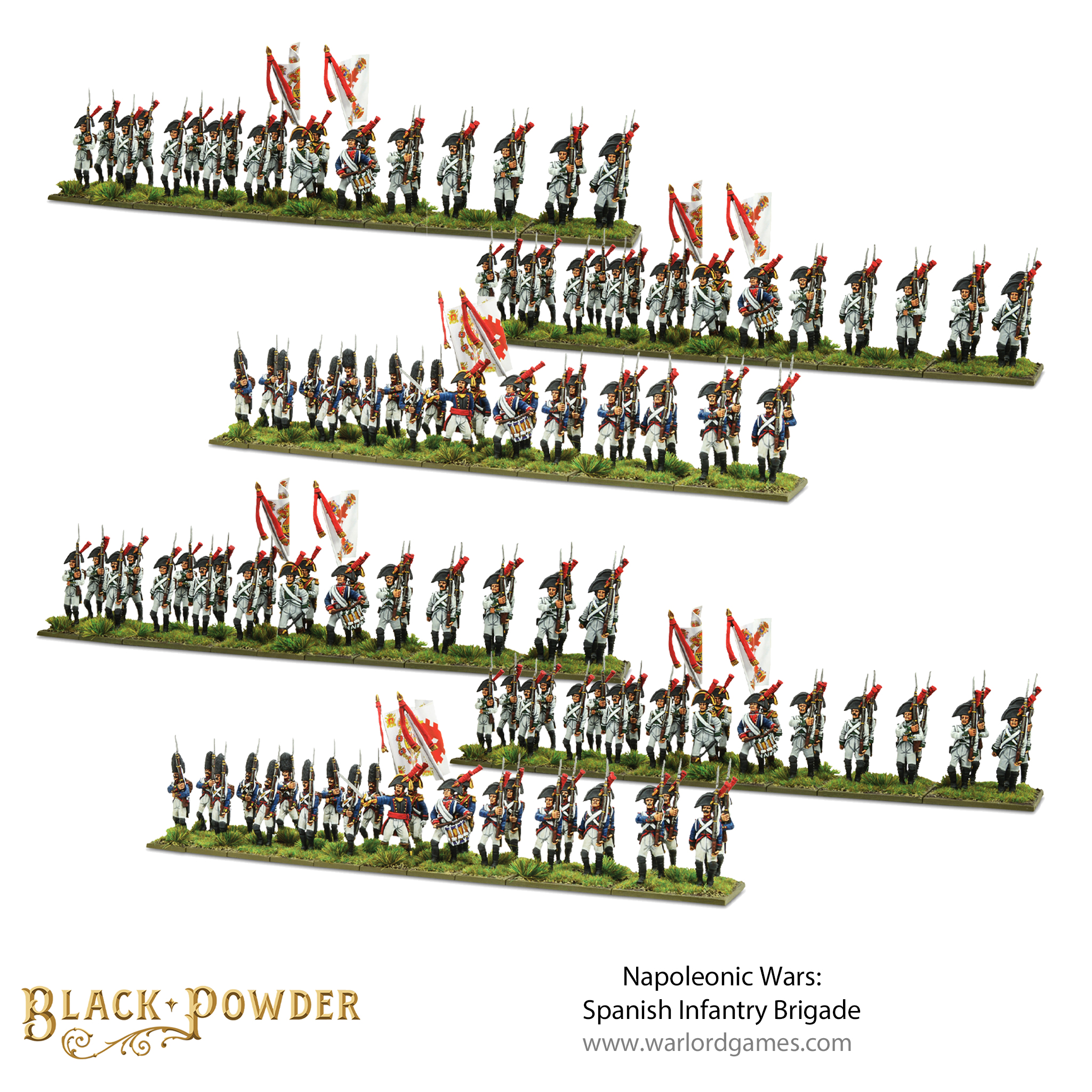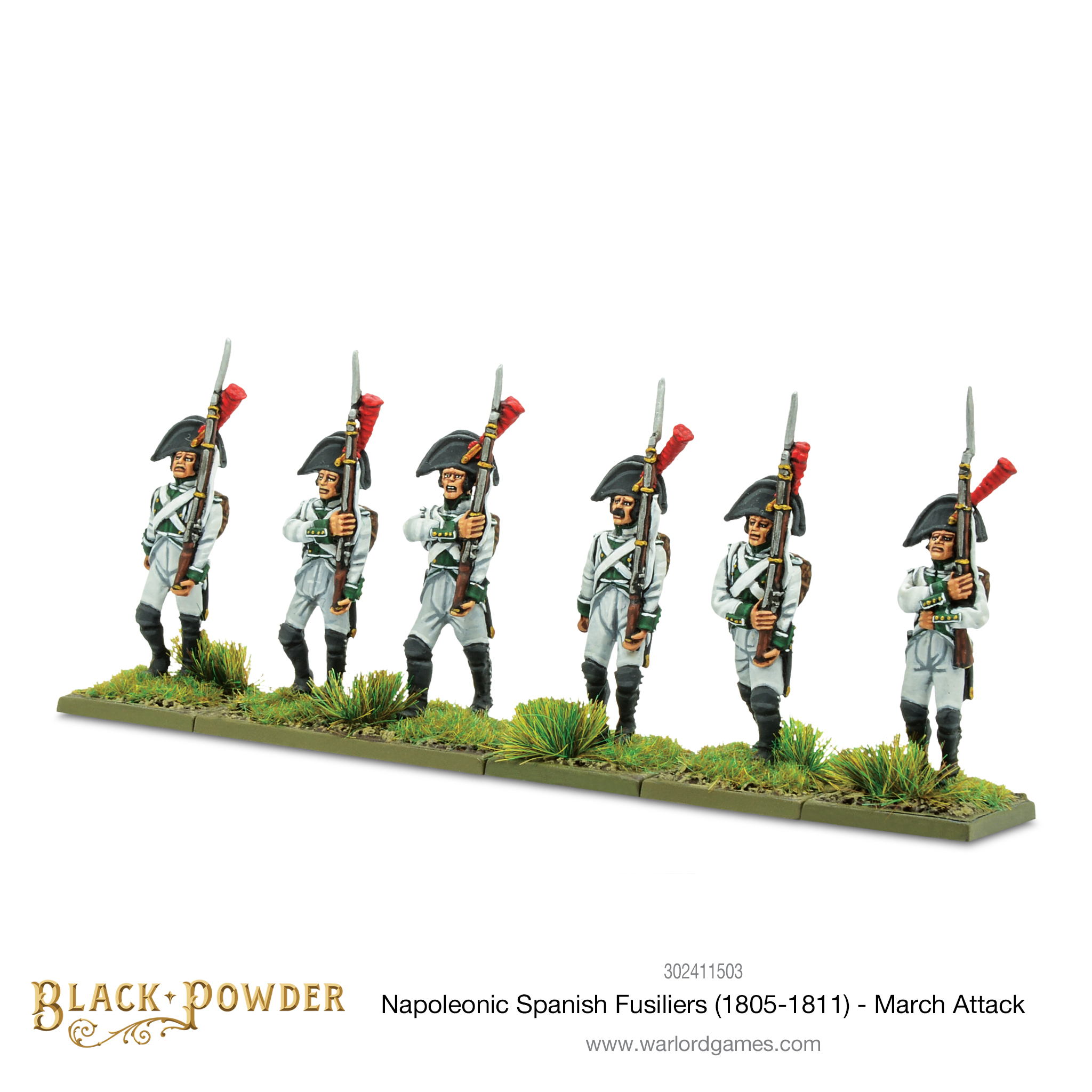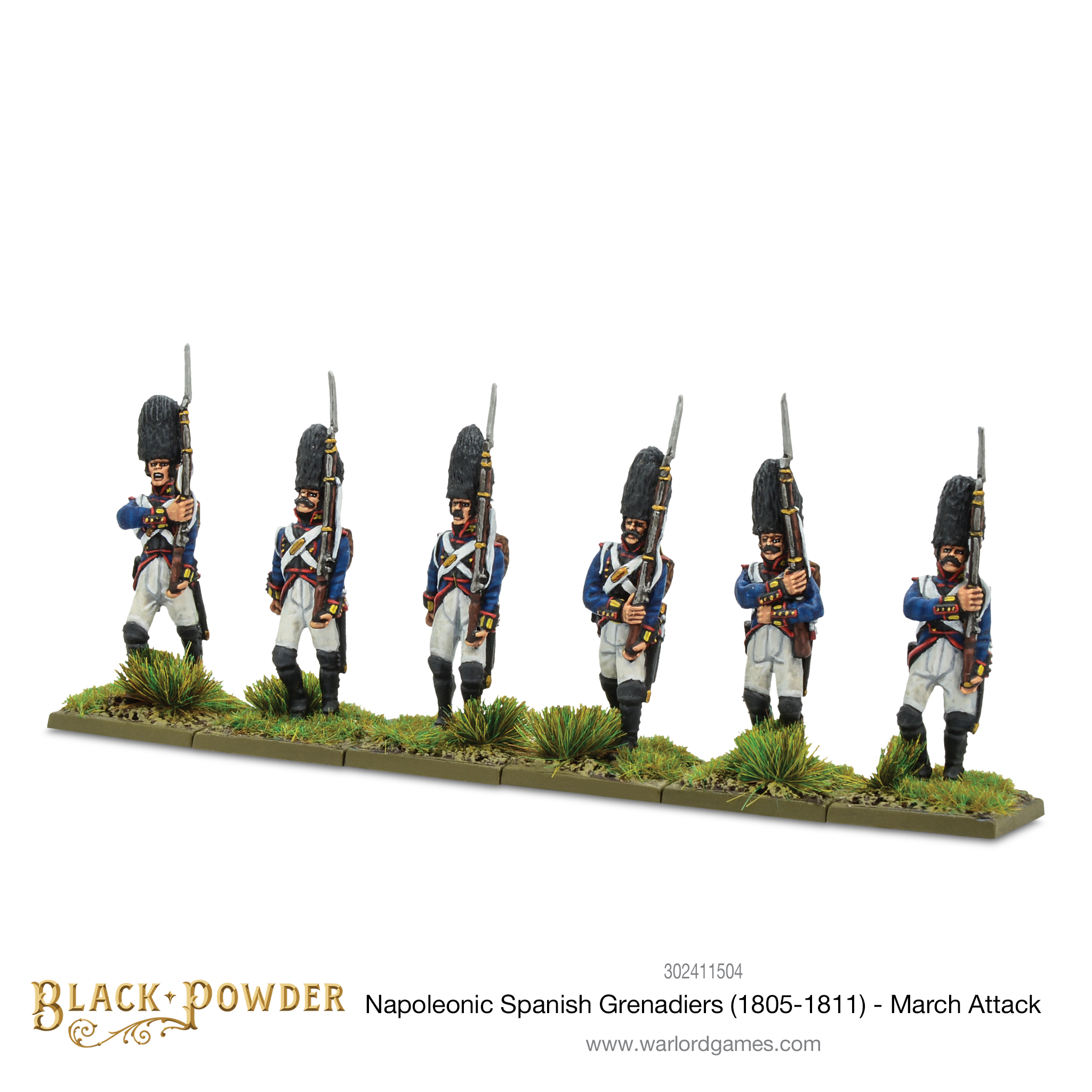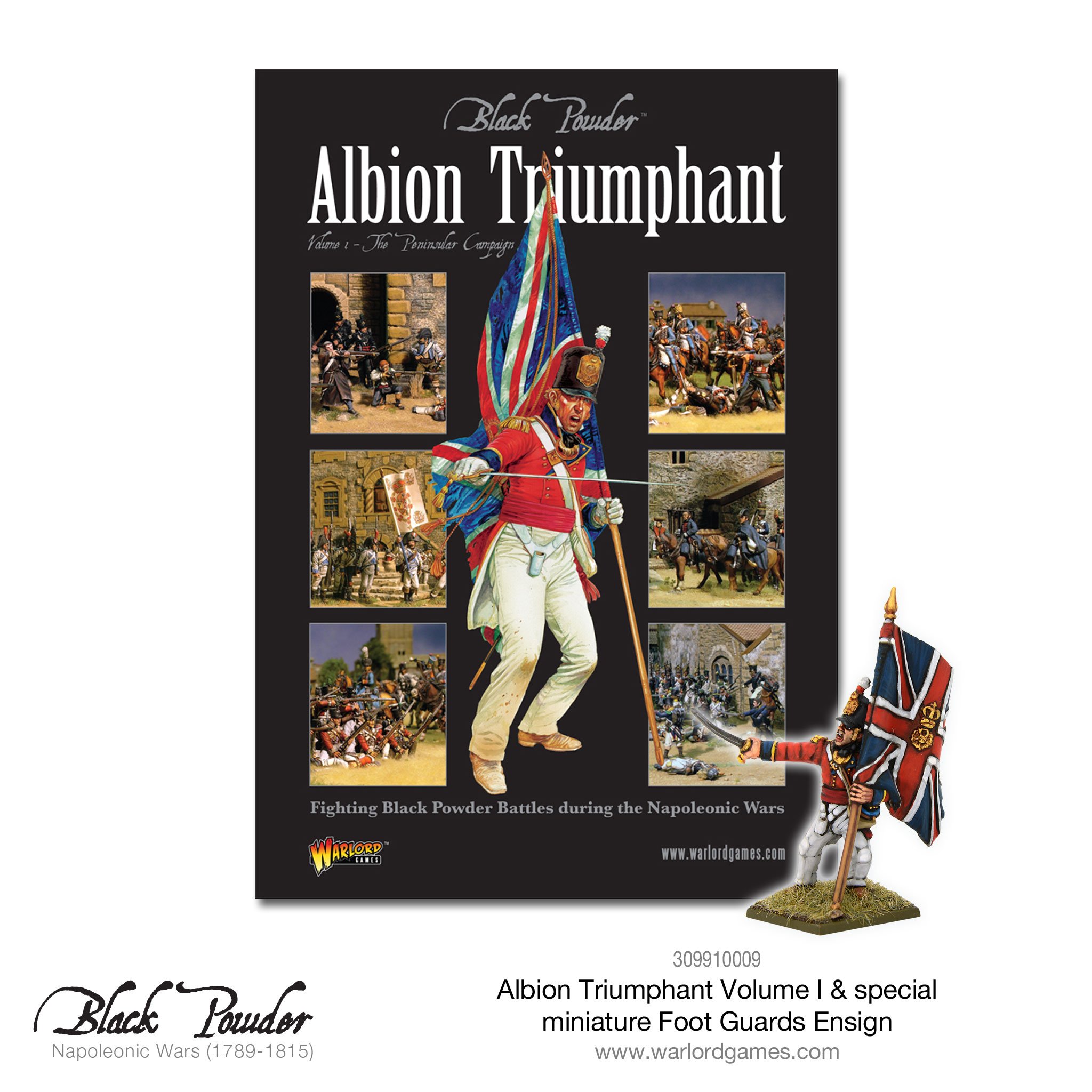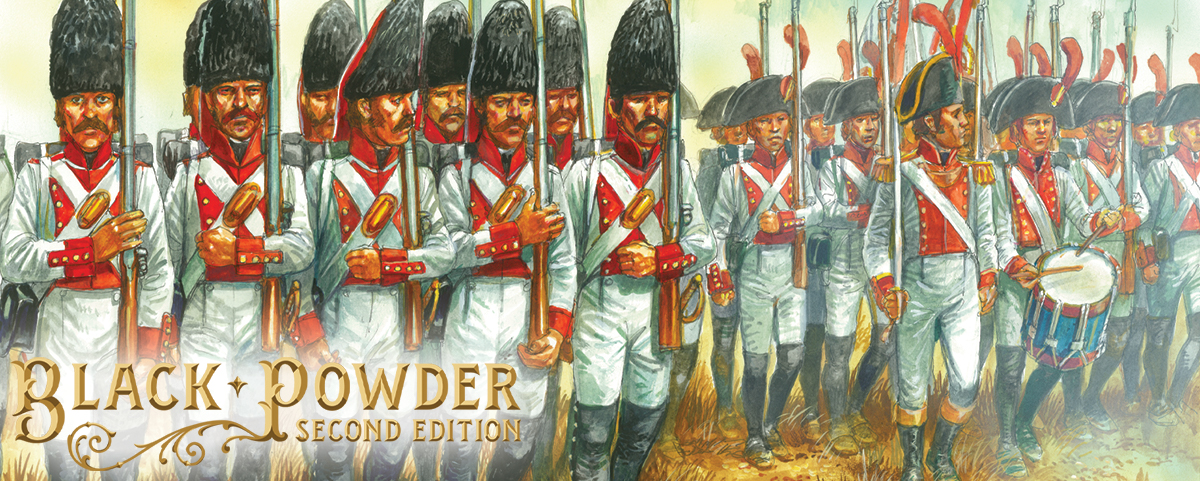
Whilst certainly capable in terms of quantity, it could well be argued that the Spanish army of the Napoleonic era was the worst in the entire European theatre, managing but a handful of victories against the French invaders of the Peninsular War – the only victory of significance was that of the battle of Baylen in 1808 – perhaps the Zenith of the Spanish Army’s achievements.
Though they met the French on the field of battle many-a-time, the Spanish developed a reputation of not fighting as fiercely as their opponents and eventually routing even whilst their gunnery crews were still working their equipment. The Spanish were badly organised, badly trained, and badly equipped when taken against their contemporaries in Europe.
At the outbreak of the Peninsular War, also known as the War of Independence, the Spanish Army numbered around 180,000 regular and militia forces. Though their industrial output ensured that 100,000 of these were equipped and ready to battle, they also required the aid of Britain; who supplied money, equipment and uniforms, perhaps enough to equip a further 50,000.
Despite their reputation, the Spanish Army did improve over the course of the Peninsular Campaign, and the zeal of the Spanish population cannot be denied. Such was their xenophobia of the hated inavders that it gave form the vicious insurgent warfare known as ‘Guerilla War’, a moniker used to this day. Through a combination of the attacks of these armed bands against the likes of French convoys, messengers, garrisons and hospitals, and the battle upon battle of the regulars that pinned and exhausted the French forces, the Spanish achieved more during the Napoleonic Wars than history tends to favour them with.
British Assistance
It was victory at Baylen, in southern Spain on 23rd July 1808, when General Castaños surrounded and forced 18,000 Frenchmen under General Dupont to surrender, that provided the catalyst to British Assistance. This victory rocked Europe, demonstrating that Napoleon’s forces were not, in fact, invincible – and by the unlikeliest of military forces, the Spanish!
Thus, on 1st August 1808 when a force of 14,000 men under Lieutenant General Sir Arthur Wellesley landed at Mondego Bay, just north of the Portuguese capital.
Though Wellington’s forces were outnumbered by the French, during the advance into Spain of 1812, he enjoyed a strategic and tactical advantage owing to the assistance of the Spanish, who were able to pin down and sow disarray amongst a significant number of French formations who found themselves trapped before Wellington’s advance.
On the Table
A Spanish army looks terrific on the tabletop, not least because their uniforms were perhaps the most varied, and colourful of all the Napoleonic era. Though the troops were generally of poor quality, it is said that quantity is its own quality.
You can see examples of the miniatures painted up in different regimental colours below. They are superbly detailed and extremely easy to assemble, meaning your fantastic new regiment will be on the tabletop in no time at all!
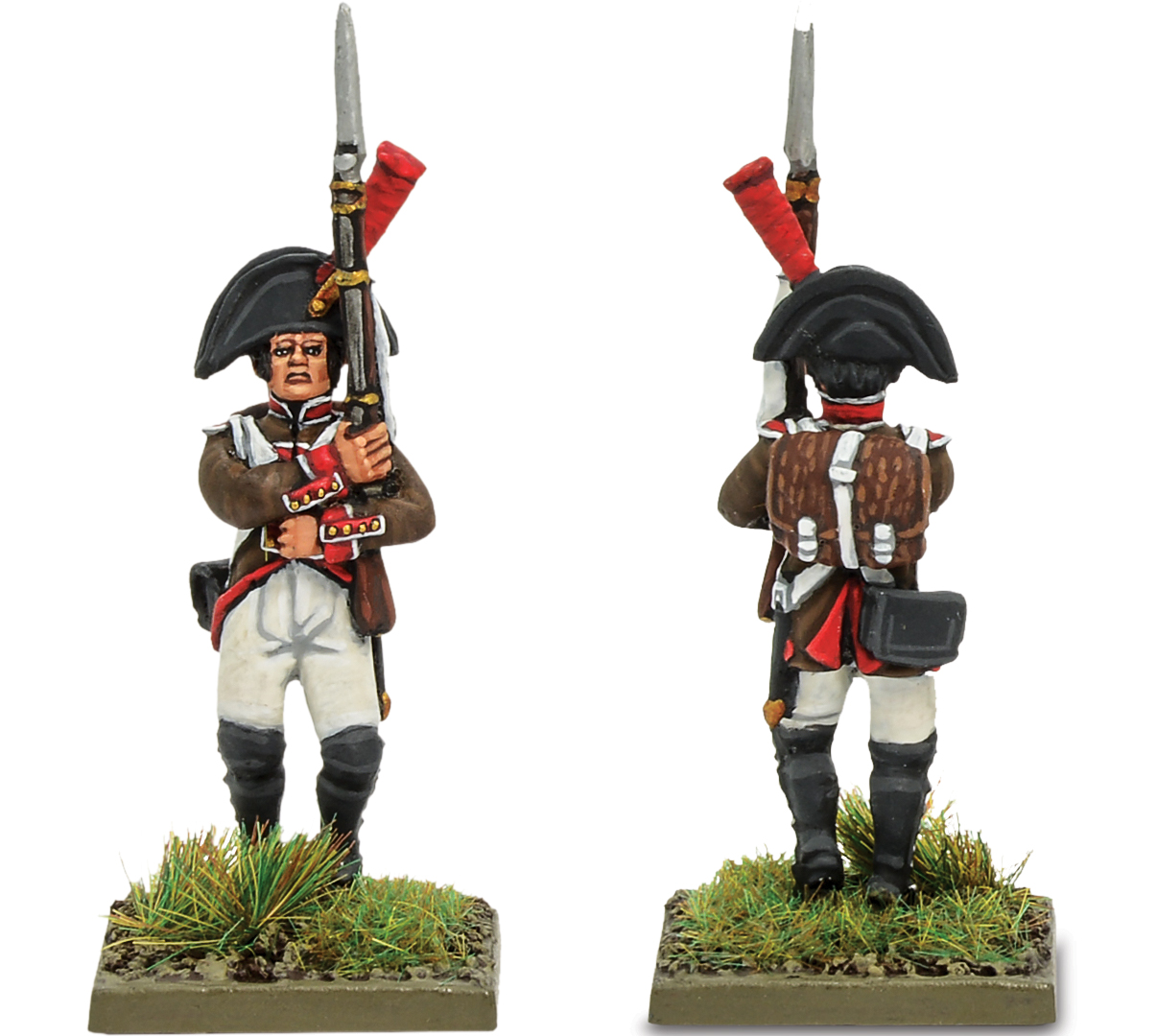
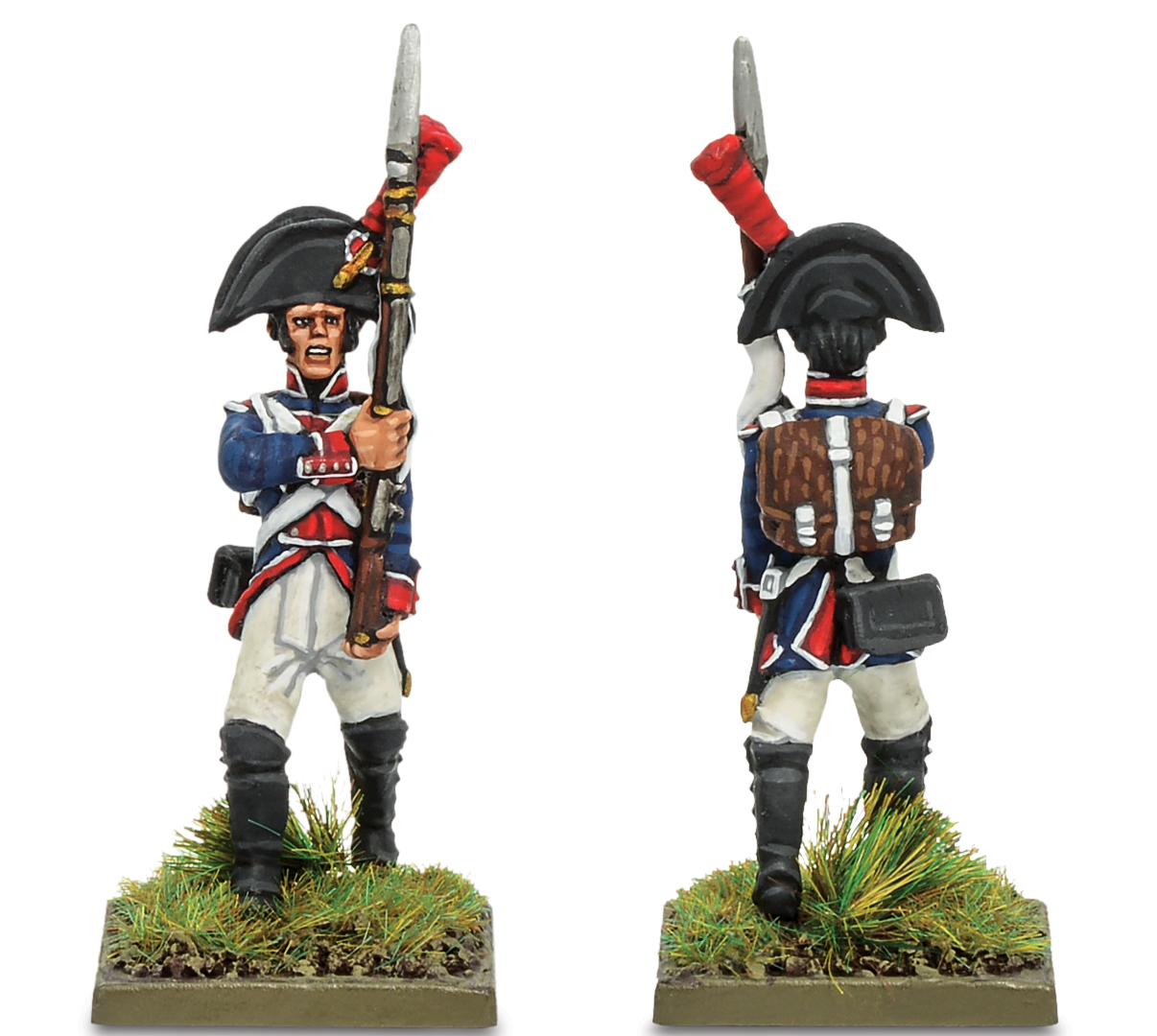
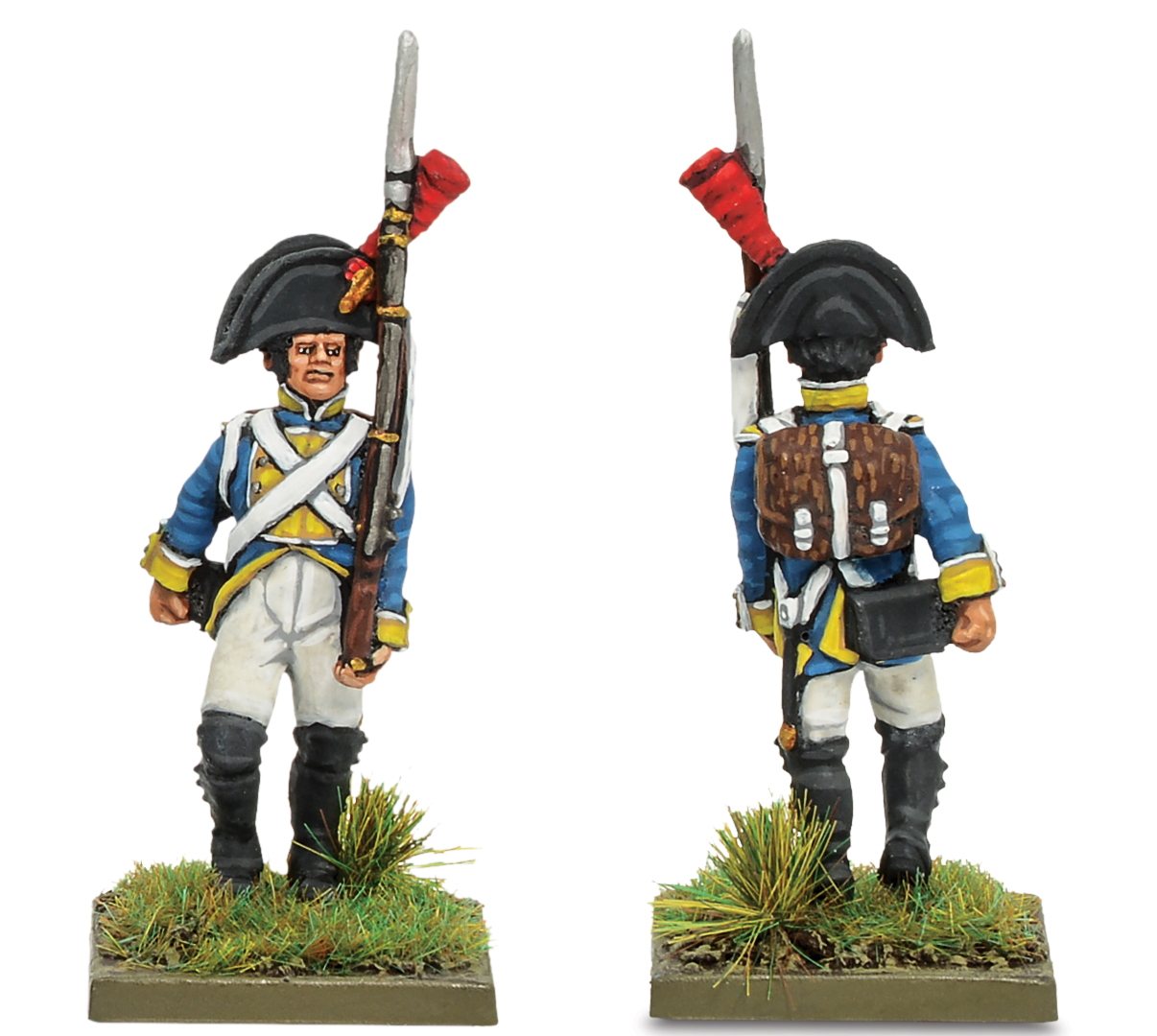
Order Now!
Most regiments had two battalions – the first composed half of grenadiers and half of fusiliers with a single flag, the Coronela. Second and third battalions were composed of entirely fusiliers carrying the Sencilla white flag with red bourbon saltire.
Our boxsets take a small liberty with history in that we’ve included two ensigns in each battalion to enable gamers to field two flags – but for those of a more historical mindset an extra fusilier is included to give you the option. These superb boxes thus contain 25 models each, with a sheet of 12 full-colour flags included.
Regiments and Brigades
We’ve made it easier for you to get up and running with a Napoleonic Spanish infantry regiment or even a brigade. As well as being conveniently bundled to incorporate everything you need to field a regiment or brigade in games of Black Powder, they will net you a saving against buying the included box sets individually.
March Attack
Need a few extra fusiliers or grenadiers to fill out your battalions? These convenient packs have you covered, each containing six miniatures.
Albion Triumphant Volume I
For more information on the Peninsular Campaign and the involvement of the Spanish Army and for replicating those action using the Black Powder System, your first port of call should be Albion Triumphant Volume I: The Peninsular Campaign.
Within, you’ll find 112 pages of Napoleonic army lists, background, troop stats and scenarios, including profiles for the Spanish Army. The War for Independence led to the creation of a plethora of new units, whose organisation, armament and uniforms varied to one extent or the other. In general terms the infantry were divided into four types: Guard, Line (which included battalions of Grenadiers), Light and Militia. Although volunteers did come forward, the men for these units were in the main supplied by conscription.
This is a supplement for Black Powder and a copy of the Black Powder rulebook is needed to make full use of it. Order from the Warlord Webstore to receive a special edition miniature, a Foot Guards Ensign!

